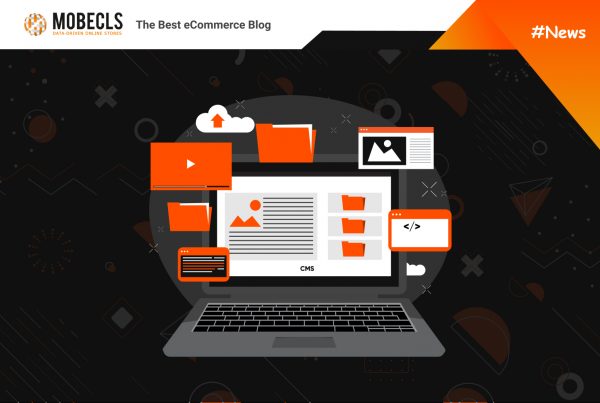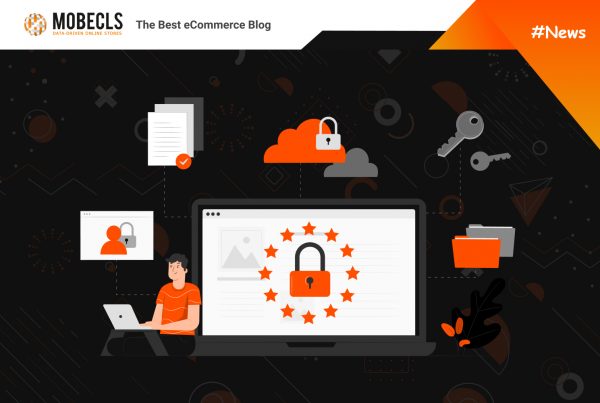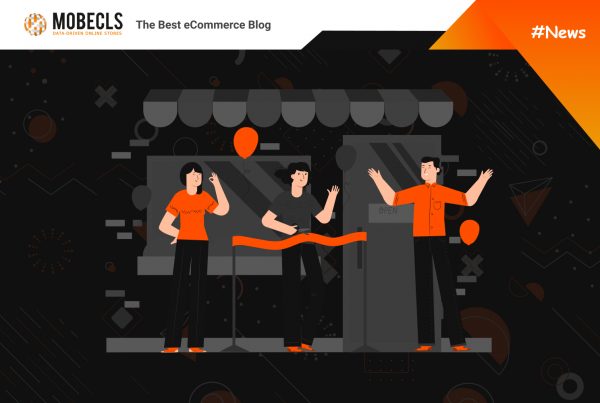If you are thinking about moving your business online or want to improve your e-Commerce project and make it scalable, chances are you are already aware of Magento. This open-source software for retail online integration has been around for years and recently was acquired by Adobe and fully integrated into its services including their Enterprise CRM solution.

Magento is a powerful tool that elevates your e-Commerce endeavors to the next level and provides a wide array of tools that help you improve sales and analyze data. With thousands of usable extensions and themes being available on a single marketplace, Magento is becoming one of the best and most convenient choices for businesses seeking for efficient high-end solutions that come at a low price.
What can Magento Offer Online Merchants?
Any online retail platform should offer some flexibility. One of the reasons why Magento was acquired by Adobe for 1.68 million US dollars is that its flexibility is off the charts. The current 2.1 and 2.2. versions allow users to use various types of products:
- Simple product. Usually, a single physical item. You can adjust pricing, mess with various types of input control to create variations of the same item, and include them in other types of products, namely bundles, grouped, and configurable.
- Grouped product. This is a simple way to put all of your similar items in a single category and promote them together. You don’t have to sell them in a bundle. All components of a grouped product can be purchased individually.
- Configurable. If you have multiple variations of the same item, you can use this option. Add as many of them as you want. The system will automatically keep track of them as distinct SKUs (Stock Keeping Unit) if necessary.
- Bundles. When customers have more freedom of choice, their engagement increases. Allowing them to select items that they want to include in a bundle is a great way to improve sales. Customizable products become standalone items.
- Virtual products. These are great to represent services and subscriptions. You can also use them to provide warranties on other items. Virtual products can be included in bundles or used as grouped products if necessary.
- Downloadable. You can make any file an item. The actual location of the file does not matter. It can be situated on any server. Add a URL to the file and it will work perfectly well.
This variety of product types means that any type of service or product can be easily integrated into the framework of Magento. When opening an online retail store, you need that flexibility. You may have a ground-breaking web service, distributable files or physical products. However, you will have a single solution for all of your goods.
Magento is a great tool if you want to dramatically improve your business as quickly as possible. Product management becomes much easier and accounting less messy. This is an efficient automation method that can save you thousands of dollars.
Importing Products
You may have existing data and a functional eCommerce project in general. In this case, you can import data. Downloadables and bundles cannot be imported into, but all other types of products can be used as containers for imported data. There are several data points are verified during the import process:
- Item attributes. These are usually various integers, numbers, and texts as well as dates and times that are attached to an imported item.
- Miscellaneous complex data. If an item has a specific set of information related to it (for example, it has drop-down menus attached or multiple input forms), the availability of the data in these components will be verified.
- Empty or new items. In this case, data is not verified. However, required data must be checked before an item can be imported.
The importing process can be initiated in the admin panel where you need to go to “System->Import/Export->Import”. The procedure is fairly simple, but it may confuse inexperienced users. The integration of Magento can be quite troublesome if you do not know what to do exactly. On the other hand, this is a user-friendly system that you can learn in a fairly short period of time.
Integration Solutions
Most modern websites are built in some sort of CMS (Content Management System). Examples are Joomla and WordPress. These are two powerhouses of the industry. The overwhelming majority of existing websites are based on either of these systems.
An efficient business model that can successfully exist in the contemporary economy requires some sort of advanced planning and management. This means that companies that want to succeed rely on ERPs (Enterprise Resource Planning) or CRM (Customer Relationship Management). This software helps you organize the business process and add transparency in order to maximize the efficiency.
The common practice is to unite these two aspects into a single system. Incorporating an ERP or CRM solution into the business and using in tandem with other solutions is usually a good practice. This is why integrating a Magento system is generally a good idea since this open-source solution is one of the best in the market and it can be integrated with any management software.
If you are starting an online retail website, you need help from professional developers. The integration of any system is a difficult process that requires a lot of analytical work and experience. However, some steps you can conduct on your own.
Before Launching a Magento Website
There are 5 important steps that you need to make before initiating the integration process. Each of these steps is vital for the success of the endeavor.
Here are these steps in order:
- Conduct some analytical work and identify which data needs to be incorporated in the current ERP or CRM system. For example, you may need specific product data or information about orders and inventory. Understanding which information is most important for your business will allow you to simplify the integration process and make it focused.
- Analyze your business operations and locate pivotal points of interest. This will be crucial for setting timings of triggers. If you need your ERP to indicate a sale after a specific operation (i.e. a shipment initiated), you will need to know this in advance so that triggers work as intended. A system that automatically handles these business process will prove its worth to you in no time.
- Make sure that the overall configuration is architected in such a way that your ERP can exchange information about each business operation seamlessly. This will ensure that retail online integration is done efficiently.
- Inquire whether you need other types of software. Some ERP and CRM will not be fully compatible API wise and may create unexpected difficulties that will affect the effectiveness of the whole system. Sometimes, you will need some sort of middleware to establish a reliable informative connection between the ERP and Magento.
- Automation and Efficiency. There is a whole lot to be gained from implementing additional automation. Often, a more sophisticated architecture and using Magento means introducing scalability to your existing business model that may be too clunky for rapid expansion. This is a pitfall that you can avoid by using a combination of a scalable ERP or CRM system with Magento solutions. This is possibly the best idea for a modern online retail platform that wants to be competitive in the current environment.
Once again, it should be noted that a truly resultative seamless integration can happen only if you understand how everything works. It is fairly easy to take your existing products from any source including a CMS database and start working with Magento. However, this will not make your business faster or better. What you need is to add another layer of automation and create a multidimensional system that allows you to move forward.




